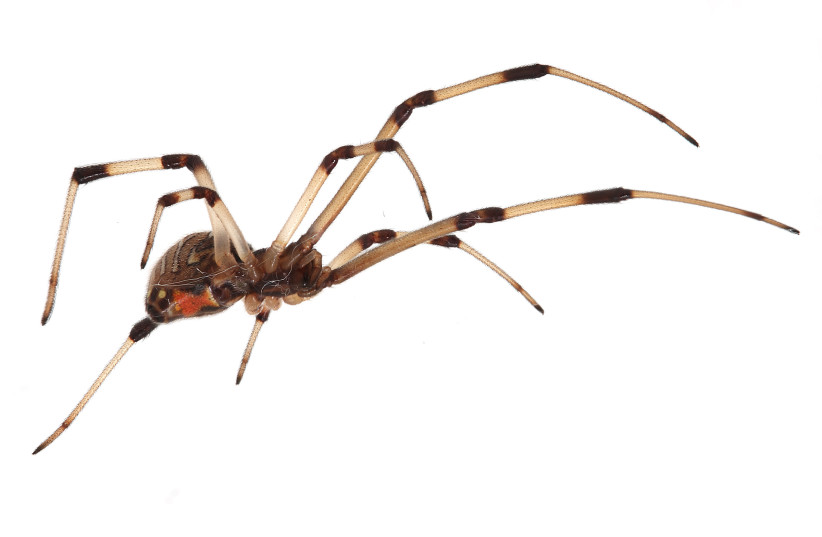Spiders may benefit from having fewer predators in urban towns and cities, a new study by researchers from Ben-Gurion University shows.
The research team compared egg sac parasitism in the urban invasive brown widow spider to the desert white widow spider, the latter of which is native to Israel. The study was led by Dr. Monica Mowery and published in the peer-reviewed Oecologia journal.
"Denser white widow sites were more heavily parasitized, while extremely dense brown widow populations had very low rates of parasitism," the university explained. "In a transplant experiment, they found no parasitism of either species in the urban habitat, and lower predation of white widow spider egg sacs in the urban habitat, which indicates that an urban habitat protects the invasive spiders from predators and parasites."
The study suggests that habitat plays a critical role in shifting interactions with predators and parasites, explained Mowery, a post-doctoral fellow at the university.
Population density doesn't always increase parasitism
Specifically, the team measured the nearest-neighbor distance between spider webs and parasitism rates in 16 sites across the Negev and a single site monthly throughout the year. In the case of the white widow spiders (Latrodectus pallidus), the parasitism rate increased with population density throughout the season, with an up to 55% rate of parasitism.

On the other hand, the brown widow spiders (Latrodectus geometricus) thrived at extremely high densities of as close as 10 centimeters from one web to the next. Their parasitism rate was as low as 0-5% by a shared natural enemy, a parasitoid wasp that attacks spider egg sacs.
When looking at the egg sac transplant experiment in human-dominated and natural habitats, they found no parasitism of either species in the human-dominated habitat compared to 30% of both species in their natural habitat.
In addition, they found more predation of white widow spider egg sacs in the desert habitat, likely by birds, spiders or ants. No egg sacs of the invasive widow's spiders were preyed upon, which the team said suggests the invasive species may not be recognized as prey by local predators.
"Colonizing an urban fragmented habitat provides benefits to invasive species and may allow them to persist in new environments with a low risk of mortality from predators," the university wrote.
The researchers concluded "that lower parasitism and predation in human-dominated habitats could contribute to the invasion success" of the brown widow spider.
